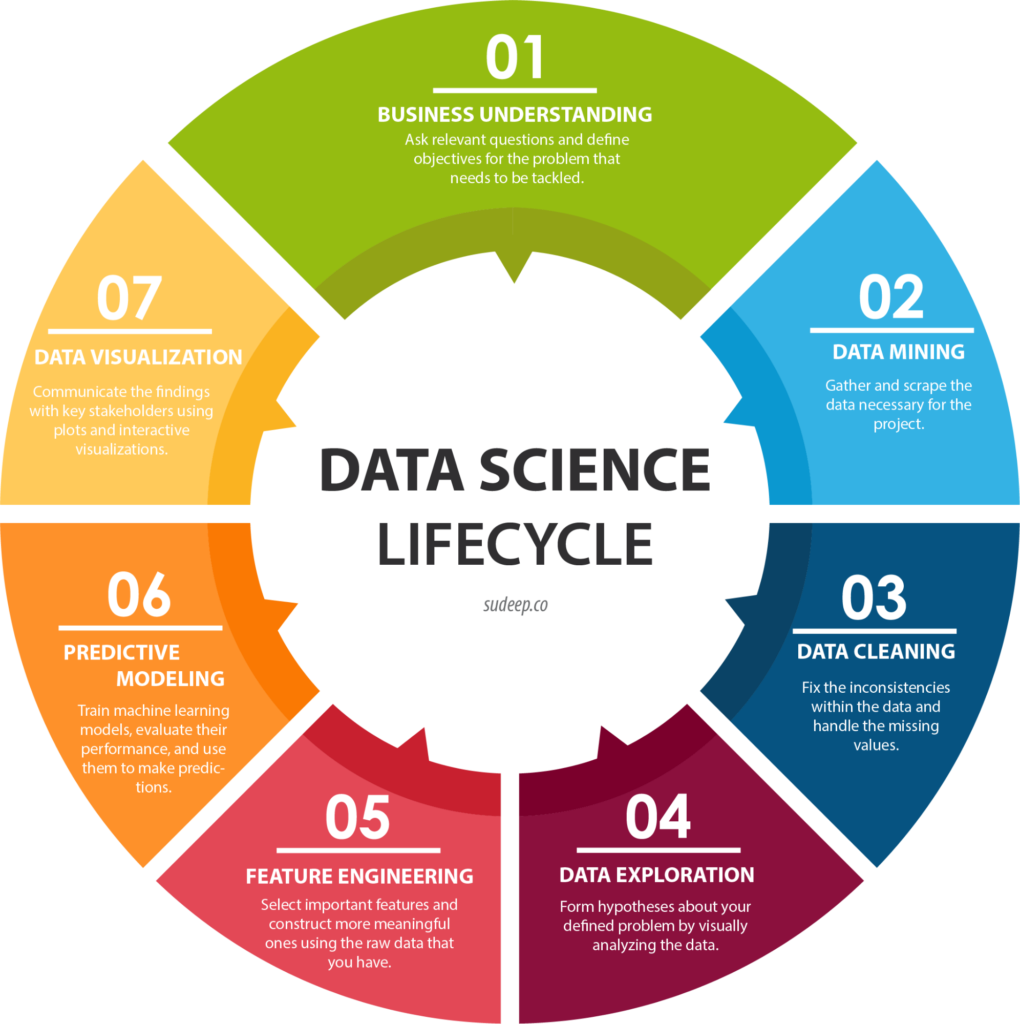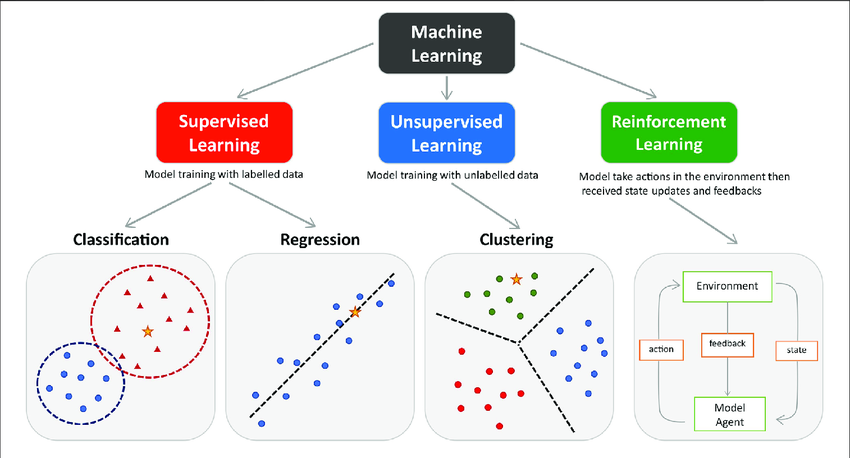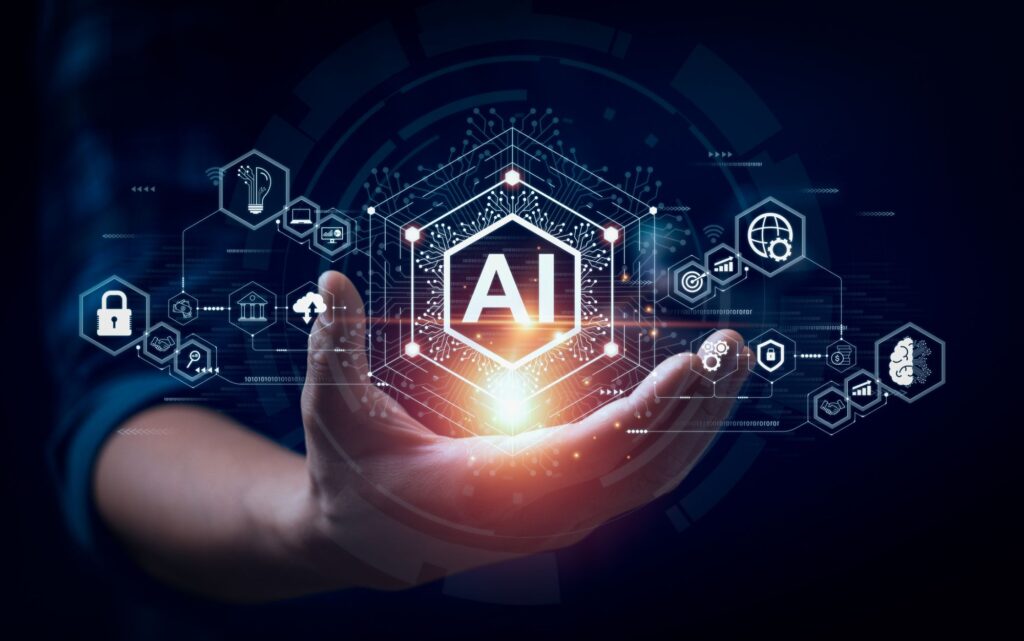Ever looked at the world around you and wondered how Netflix just *knows* what movie you’ll love next, or how your bank flags a suspicious transaction almost instantly? Chances are, data science is working its magic behind the scenes. This incredible field has truly emerged as a game-changer in the 21st century, revolutionizing industries and reshaping how we approach problem-solving. As someone fascinated by how complex systems work – whether in engineering or finance – I find data science to be one of the most compelling areas of modern innovation. It’s a powerful blend of statistics, mathematics, computer science, and crucial domain expertise, all working together to extract valuable, actionable insights from the sea of data we generate every day. In this post, we’ll take a journey through the fascinating history of data science, explore its transformative applications today, and peek at the mind-boggling possibilities that await us in the future.
The Birth of Data Science: From Statistics to Big Data
The seeds of data science were sown long before the term itself became a buzzword. Its roots can be traced back to the early days of statistics and the dawn of computer science. Think back to the 1960s: statisticians, armed with newfound computing power, began to analyze larger datasets than ever before. This was the very beginning of data-driven decision-making as we know it. It wasn’t until 1974, though, that the term “data science” was officially coined by Peter Naur, a visionary Danish computer scientist, who saw the need for a discipline that encompassed the collection, processing, and interpretation of data.
Did you know? Even concepts like calculating the intrinsic value of a stock rely on data analysis principles that have been refined over decades, now supercharged by modern data science techniques.
Fast forward to the 1990s. The internet explosion unleashed a veritable tsunami of digital data. Suddenly, we had information from websites, early e-commerce, and digital communications. This era witnessed the rise of “data mining” techniques – methods focused on unearthing hidden patterns and valuable knowledge from these vast and growing datasets. This was the fertile ground from which the modern data science landscape would fully bloom.

The Era of Big Data
The dawn of the 21st century marked the undeniable arrival of the “Big Data” revolution. The proliferation of social media, the ubiquity of smartphones, and the rapid expansion of the Internet of Things (IoT) – think smart homes, wearable tech, industrial sensors – began generating an unprecedented amount of data. This data wasn’t just large; it was characterized by what we call the “three V’s” of Big Data:
- Volume: The sheer quantity of data being created was (and still is) mind-boggling – terabytes, petabytes, and beyond. Imagine every tweet, every online purchase, every sensor reading from a smart city.
- Velocity: Data was being generated at incredible speed, requiring real-time or near real-time processing. Stock market transactions, social media trends, and live traffic updates are great examples.
- Variety: The data came in all shapes and sizes – structured data in databases, unstructured text from emails and documents, images, videos, audio files, and more.
This deluge of information presented both immense challenges and incredible opportunities for data scientists. How could anyone make sense of it all?
To tackle the massive scale and complexity of big data, new tools and frameworks were needed. Distributed computing frameworks like Apache Hadoop (with its MapReduce programming model) and later, the faster and more versatile Apache Spark, emerged as knights in shining armor. These powerful frameworks empowered data scientists to process and analyze data across clusters of computers, effectively dividing huge tasks into smaller, manageable pieces. This enabled them to solve problems and extract insights that were once considered insurmountable due to computational limitations.
The Rise of the Machines: Machine Learning and Artificial Intelligence
At the very heart of modern data science lies machine learning (ML), a fascinating subset of artificial intelligence (AI). In essence, ML empowers algorithms to learn from data and make predictions or decisions without being explicitly programmed for each specific task. Instead of a developer writing exact rules for every scenario, they “train” a model on vast amounts of data, and the model learns the underlying patterns itself. It’s like teaching a child by showing them examples, rather than listing out every single rule of the world.

There are three main branches of machine learning, each suited to different types of problems:
- Supervised Learning: This is like learning with a teacher. The algorithm is given labeled data, meaning each piece of input data is paired with a correct output label. For example, you might feed it thousands of emails labeled as “spam” or “not spam.” The algorithm then learns to identify patterns that distinguish spam from legitimate emails and can classify new, unseen emails. Other common tasks include predicting house prices (regression) based on features like size and location.
- Unsupervised Learning: Here, the algorithm explores unlabeled data on its own, trying to find hidden patterns and structures without any pre-defined answers. Think of it as giving a child a box of mixed toys and letting them sort them into groups based on similarity. Common applications include customer segmentation (grouping customers with similar behaviors), anomaly detection (finding unusual data points), and dimensionality reduction (simplifying complex data).
- Reinforcement Learning: This type of learning is inspired by how animals learn through trial and error. The algorithm, often called an “agent,” learns by interacting with an environment. It receives “rewards” for actions that lead to a desired outcome and “punishments” for actions that don’t. Over time, it learns the best strategy to maximize its cumulative reward. This is the magic behind AI that can play complex games like Go or chess, as well as applications in robotics (teaching a robot to walk) and autonomous systems like self-driving cars.
Deep learning, a specialized subfield of machine learning, has truly taken the world by storm in recent years. It utilizes artificial neural networks with many layers (hence “deep”) to model complex patterns in data. Inspired by the structure of the human brain, deep learning algorithms like Convolutional Neural Networks (CNNs) – fantastic for image recognition – and Recurrent Neural Networks (RNNs) – great for sequential data like text and speech – have achieved remarkable, sometimes superhuman, feats. From recognizing faces in photos and translating languages in real-time to powering voice assistants, deep learning is pushing the boundaries of what was once thought possible with AI.
Pro Tip for Aspiring Data Scientists: If you’re looking to dive into machine learning, hands-on experience is key. Consider exploring resources like “Hands-On Machine Learning with Scikit-Learn, Keras, and TensorFlow” by Aurélien Géron, “Data Science For Dummies” for beginners, or “AI Engineering: Building Applications with Foundation Models” for modern AI development. Also check out online courses on platforms like Coursera or edX to build practical skills.
Data Science in Action: Transforming Industries
Data science isn’t just an academic concept; it’s a powerful force that has left no stone unturned, actively revolutionizing industries across the board. Its ability to extract meaning from complexity is creating efficiencies, opening new opportunities, and solving previously intractable problems. Let’s explore some of the key sectors where data science is making significant waves:
- Energy Industry: The energy sector is undergoing a massive transformation, and data science is at its core. It’s used for:
- Optimizing Power Generation: Predicting demand to match supply efficiently, reducing waste.
- Improving Energy Efficiency: Analyzing consumption patterns in smart buildings to suggest energy-saving measures.
- Predictive Maintenance: Using sensor data from wind turbines or power grid components to predict failures before they happen, preventing costly downtime. As discussed in my post on Defending Our Power Grid from Solar Storms, this is crucial for grid stability.
- Smart Grids: Leveraging data from IoT sensors to dynamically balance supply and demand, integrate renewable sources like solar and wind more effectively, and identify potential outages faster.
- Financial Market Investing: Data science has become an indispensable tool in finance.
- Algorithmic Trading: “Quants” (quantitative analysts) develop complex algorithms that analyze market data in real-time to execute trades at high speeds, often capitalizing on tiny price discrepancies. This ties into the world of Options Trading, where data can inform complex strategies.
- Risk Management: Building models to assess credit risk, market risk, and detect fraudulent transactions.
- Portfolio Optimization: Using historical data and predictive models to construct portfolios that aim to maximize returns for a given level of risk. My methods for Portfolio Analysis With Google Sheets are a simpler, manual version of this.
- Sentiment Analysis: Analyzing news articles, social media posts, and earnings call transcripts to gauge market sentiment towards a particular stock or sector, potentially predicting price movements.
- Healthcare: The impact here is truly life-changing.
- Personalized Medicine: Tailoring treatments based on an individual’s genetic makeup and lifestyle data.
- Drug Discovery: Accelerating the process of identifying and testing new drugs by analyzing vast biological datasets.
- Disease Prediction & Diagnosis: Using machine learning to identify patterns in patient data that might indicate early signs of diseases like cancer or Alzheimer’s, often earlier and more accurately than traditional methods.
- Medical Imaging Analysis: Training AI to read X-rays, MRIs, and CT scans to detect anomalies.
- E-commerce: Data science powers much of the online shopping experience.
- Recommendation Engines: Suggesting products you might like based on your Browse history and the behavior of similar users (think Amazon’s “Customers who bought this also bought…”).
- Demand Forecasting: Predicting which products will be popular and when, to optimize inventory management.
- Dynamic Pricing: Adjusting prices in real-time based on demand, competitor pricing, and other factors.
- Fraud Detection: Identifying and preventing fraudulent transactions.
- Transportation: Revolutionizing how we move people and goods.
- Autonomous Vehicles: Self-driving cars rely heavily on data science for sensor fusion (interpreting data from cameras, lidar, radar), path planning, and decision-making.
- Route Optimization: Logistics companies use data science to find the most efficient routes for deliveries, saving fuel and time (think UPS or FedEx).
- Predictive Maintenance: Analyzing data from vehicles and infrastructure (like railway tracks) to predict when maintenance is needed.
- Traffic Flow Management: Using real-time data to optimize traffic light timings and reduce congestion in smart cities.
- Social Media: Data science is the engine behind how these platforms operate.
- Targeted Advertising: Analyzing user data to deliver highly personalized ads.
- Content Recommendation: Curating news feeds and suggesting content (videos, posts, people to follow) based on user engagement and preferences.
- User Behavior Analysis: Understanding how users interact with the platform to improve user experience and engagement.
- Trend Detection: Identifying emerging topics and viral content.
The Future is Now: Emerging Trends in Data Science
As we stand on the precipice of a new era, the field of data science continues its rapid evolution, brimming with exciting possibilities and groundbreaking trends that promise to reshape our world even further. What felt like science fiction just a few years ago is quickly becoming reality. Here are some of the key emerging trends to watch:
- Explainable AI (XAI): As AI models become more complex (especially deep learning models, often called “black boxes”), understanding how they arrive at their decisions is becoming crucial. XAI focuses on developing algorithms and techniques that can provide clear, human-understandable explanations for their outputs. This is vital for building trust, ensuring accountability, and debugging models, especially in critical applications like healthcare and finance.
- Quantum Computing: While still in its nascent stages, quantum computing holds the potential to revolutionize data science by tackling problems currently intractable for classical computers. This includes optimizing complex systems (like logistics or drug design), accelerating certain machine learning algorithms, and breaking current forms of encryption. The quest for a Theory of Everything might even benefit from such computational power.
- Edge Computing & Edge AI: Traditionally, data is sent to a centralized cloud for processing. Edge computing flips this model by processing data closer to where it’s generated – on the device itself or a local server (the “edge”). This enables faster real-time decision-making (critical for autonomous vehicles or industrial robots), reduces bandwidth needs, and can enhance data privacy by keeping sensitive information local.
- Privacy-Preserving Machine Learning: With growing concerns about data privacy, techniques that allow AI models to learn from data without compromising individual privacy are gaining traction.
- Federated Learning: Models are trained on decentralized datasets (e.g., on individual users’ phones) without the raw data ever leaving the device. Only model updates are shared.
- Differential Privacy: Adds statistical “noise” to data or model outputs to make it impossible to identify individuals while still allowing for aggregate analysis.
- Homomorphic Encryption: Allows computations to be performed on encrypted data without decrypting it first.
- Autonomous Systems & Robotics: We’re seeing increasingly sophisticated autonomous systems, from self-driving cars and delivery drones to advanced manufacturing robots. These systems rely heavily on data science for real-time data processing from multiple sensors (sensor fusion), advanced decision-making in complex environments, and continuous learning to improve performance.
- AI for Scientific Discovery: Data science and AI are accelerating scientific breakthroughs by analyzing massive datasets from experiments (like those at CERN), simulating complex phenomena, and even proposing new hypotheses for researchers to test.
- Generative AI Advancements: Beyond just text and images, generative AI is rapidly improving in creating realistic video, music, and even 3D models, opening up new frontiers for creative industries and virtual environments.
Important Note: With these powerful advancements come ethical considerations. Ensuring fairness, transparency, accountability, and mitigating bias in AI systems are critical challenges that the data science community and society as a whole must address proactively.
Embracing the Data-Driven Future

Data science has undeniably come a long way, and its impact on our world is profound and ever-expanding. From revolutionizing healthcare and finance to transforming e-commerce, transportation, energy, and investing, data science is the engine driving innovation and reshaping industries. As we venture further into this data-rich future, the field will continue to evolve, embracing new technologies like quantum computing and tackling emerging challenges such as ethical AI and privacy preservation.
For those aspiring to become data scientists, or even just to leverage data science in their current roles, a multifaceted skill set is key. A strong foundation in mathematics, statistics, and computer science (especially programming languages like Python or R) is essential. However, technical prowess alone isn’t enough. The ability to communicate complex insights clearly and effectively to non-technical audiences, coupled with a deep understanding of the specific domain you’re working in (e.g., finance, biology, marketing), is what truly distinguishes a great data scientist. If you’re looking to upskill, platforms like Coursera or edX offer excellent courses, and books such as “Python for Data Analysis” by Wes McKinney or “The Elements of Statistical Learning” by Hastie, Tibshirani, and Friedman are invaluable resources.
With the right combination of skills, a curious and analytical mindset, and a commitment to continuous learning, data scientists have the incredible power to uncover the hidden treasures within data and, in doing so, help shape a better, smarter, and more efficient future for all.
As the renowned statistician W. Edwards Deming aptly put it, “In God we trust, all others bring data.” The future truly belongs to those who can not only collect and manage data but also harness its power to derive actionable insights and drive meaningful change. Are you ready to embark on this thrilling adventure and unlock the secrets that data holds? The journey awaits, and the possibilities are virtually limitless.
My Favorite Services & Deals For You
I genuinely use and love these services. If you sign up with my link, we often both get a bonus—a true win-win!
Lifestyle & Ridesharing
ClassPass
Get a free trial with 20 bonus credits to explore thousands of fitness classes and wellness experiences.
Claim Free TrialFinance & Investing
M1 Finance
Get $75 when you sign up and fund a new investment account with $100 or more.
Get $75 BonusChase Sapphire Reserve® & Preferred®
Earn 125,000 points with Sapphire Reserve® or 75,000 bonus points with Sapphire Preferred®.
Explore Sapphire CardsChase Business Cards
Earn 200,000 bonus points with Sapphire Reserve for Business℠ or up to $1,000 cash back.
Explore Business CardsVenmo
Both you and your friend earn $5 when they make a qualifying payment of at least $5.
Join VenmoCoinbase & Coinbase One
Join Coinbase. Coinbase One members get $10 off next month per referral.
Join CoinbaseMonarch Money
My favorite tool for tracking all my finances in one place. Try it free for 30 days.
Try for FreeShopping & E-commerce
Shop My Amazon Store
Browse curated recommendations and products I personally use and recommend.
Shop on Amazon